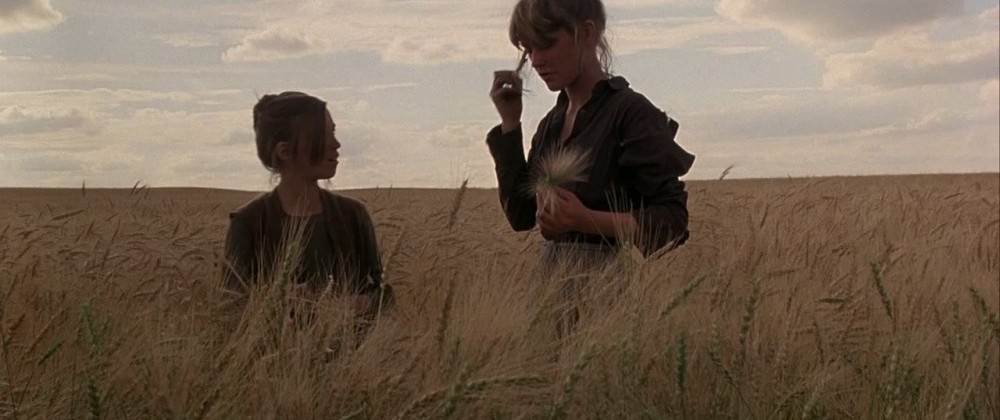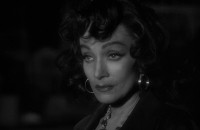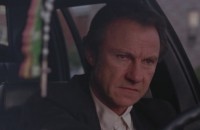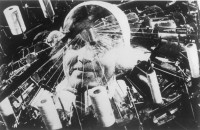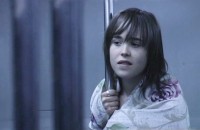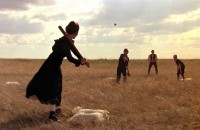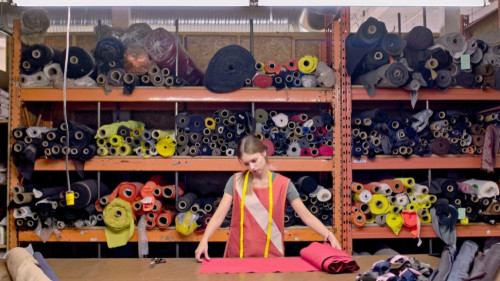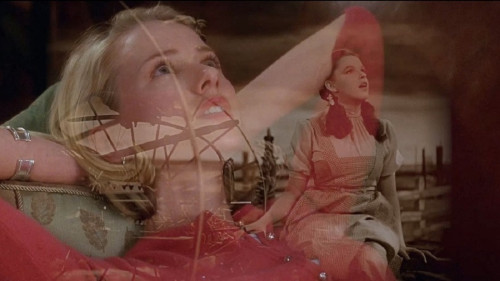Volume 11, Issue 12 / December 2007
Critical Methodologies
In this issue
This final issue of 2007 has several loose threads interweaving across the five essays. Two of the essays are hold overs from last two issues, which had a special focus on the crime and film noir film. However, neither essay discusses genre issues per se. Benjamin Paquette’s essay uses the film noir swan song Touch of Evil as a case study for a formalist/cognitivist approach to film analysis, making a strong argument for a level-headed, common sense approach to analysis which values the empirical and concrete (film form) over the speculative and theoretically assertive (i.e. psychoanalysis); while Jason Mark Scott’s essay on Abel Ferrara’s Bad Lieutenant outlines how the notorious film is in fact an artful blend of the (thematically) “venal and the sacred” and the (formal) “naturalistic with the lyrical.” Newcomer Bran Stakhage’s (pseudonym you wonder?) ‘post-it’ review of Bruce MacDonald’s The Tracey Fragments has links with two essays. Like Paquette’s essay on Touch of Evil, it is also about criticism in that it proposes a new methodology, in this case dealing with the means of communication itself. Stakhage eschews the ordinary (or is that the ordinary) method of writing in favor of a form which echoes the papier collée and collage techniques of the Cubists and Surrealists. Which makes its presence alongside my review essay of Sam Rohdie’s book Montage exquisitely appropriate. Even Rohdie’s book appropriates its subject in as much as it can, with its short, staccato film probes into the fascinating (and wide-spread) subject of montage. The fifth essay in this issue, Hwanhee Lee’s “On the Objects in Days of Heaven,” takes a unique critical approach to Malick’s film by concentrating on a few seemingly unimportant objects. In doing so Lee exposes a philosophical world where non-human entities (objects, things, animals) co-exist on a plane alongside the film’s human characters. Lee argues that Malick’s visual style (composition, camera movement), while not ‘realist’ in the film theory tradition (i.e. Bazinian), is realist in the sense of allowing viewers to perceive a certain aspect of reality (non-human entities) that is no less urgent or important than the human. To use a phenomenological term, Malick’s visual style (especially his unique use of point of view) performs a sort of phenomenological reduction, or ‘bracketing’ of certain aspects of reality which enables us to view non-human entities ‘precisely as they are.’ All told, the variety of critical approaches across the five essays demonstrate how rich an object of study cinema continues to be well into the 21st century. (Donato Totaro, ed.)

